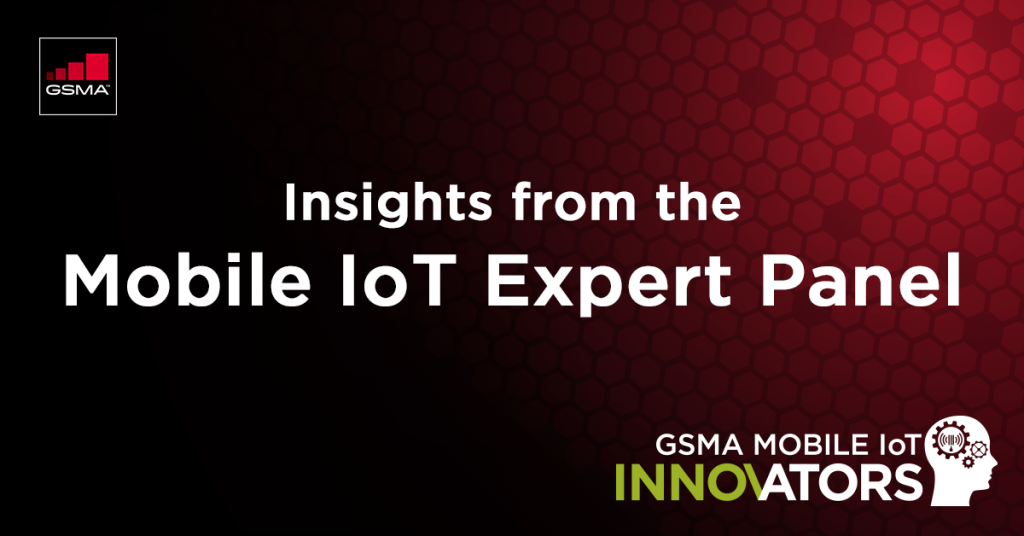I have a product currently using 2G data. What would be the benefit in using LTE-M or NB-IoT?
Below, get insights from leading industry experts that form the Mobile IoT Expert panel. Questions are submitted by members of the GSMA Mobile IoT Innovators. To submit your own question, join the community for free here and find out more about the panel here.
I have a product currently using 2G data. What would be the benefit in using LTE-M or NB-IoT?
Barbara Pareglio, Senior Director, IoT Technology, GSMA
 Most of the products based on 2G make use of SMS or GPRS to send data, sometimes also voice capability is used.
Most of the products based on 2G make use of SMS or GPRS to send data, sometimes also voice capability is used.
There are several advantages LTE-M and NB-IoT can provide which I will briefly explore below.
If your product makes use of SMS, data and voice, then LTE-M is your best match. The main benefits are an improved data rate, better authentication/authorisation and encryption (an intrinsic benefit of LTE-based technology compared to GSM/GPRS). In addition, the power consumption of an LTE-M module is already lower than 2G (23dBm against 32dBm) which can be further reduced to 20dBm. Employing the feature Power Saving Mode (PSM) will further reduce the consumption of energy which is very valuable for battery powered devices.
If your 2G-based product is only transmitting a small amount of data, let’s say in the range of couple of hundreds kilo bytes, NB-IoT will bring advantages that 2G does not offer. The default setting, and best option, is to transmit the data over the control plane rather than the user plane. This option offers better authentication/authorisation and it also already encrypts the message, since it is encapsulated in the control plane. NB-IoT, similar to LTE-M, offers a better power consumption and, in addition, provides the option to utilise 3 coverage modes, which outperforms 2G in terms of penetration for the most stringent mode. Additionally, NB-IoT allows to transmit non-IP messages, which further improves the efficiency.
There are other features these technologies offer, for more details about those please take a look at our deployment guides which can be found in the links below.
In both cases, it should be noted that 2G and 3G networks are starting to be sunset in order to re-farm the spectrum to newer technologies. Therefore, it is very important to be forward looking and start identifying the required steps to move towards newer technologies, and to utilise new features for improved the service.
